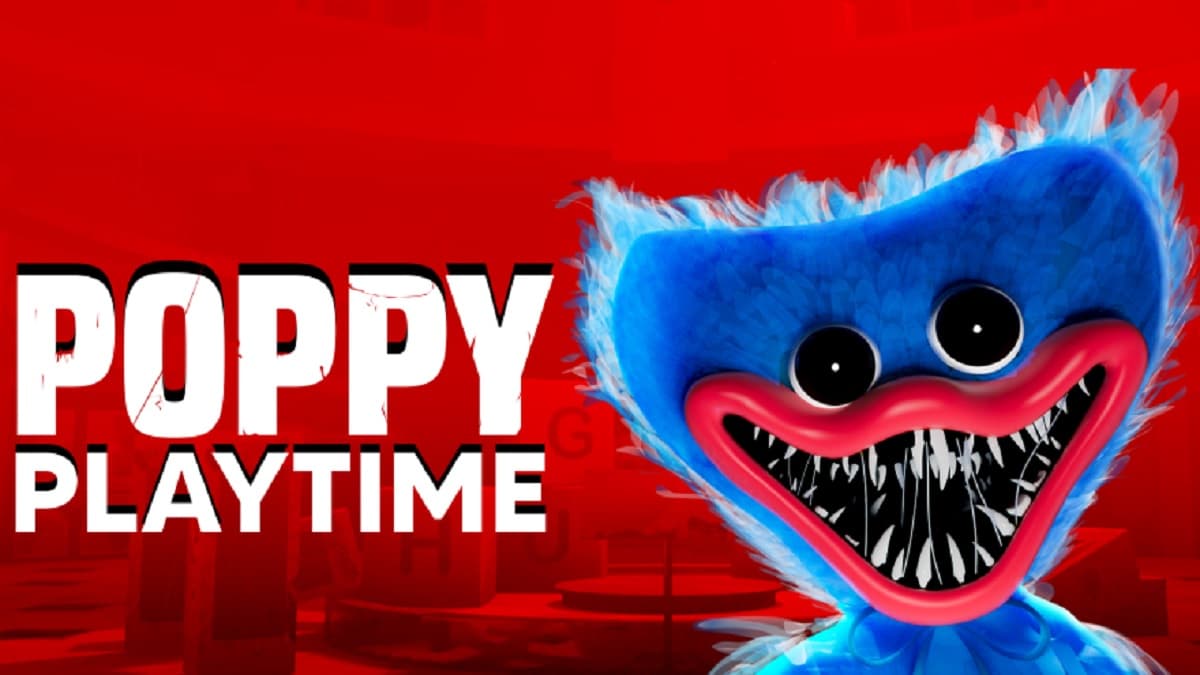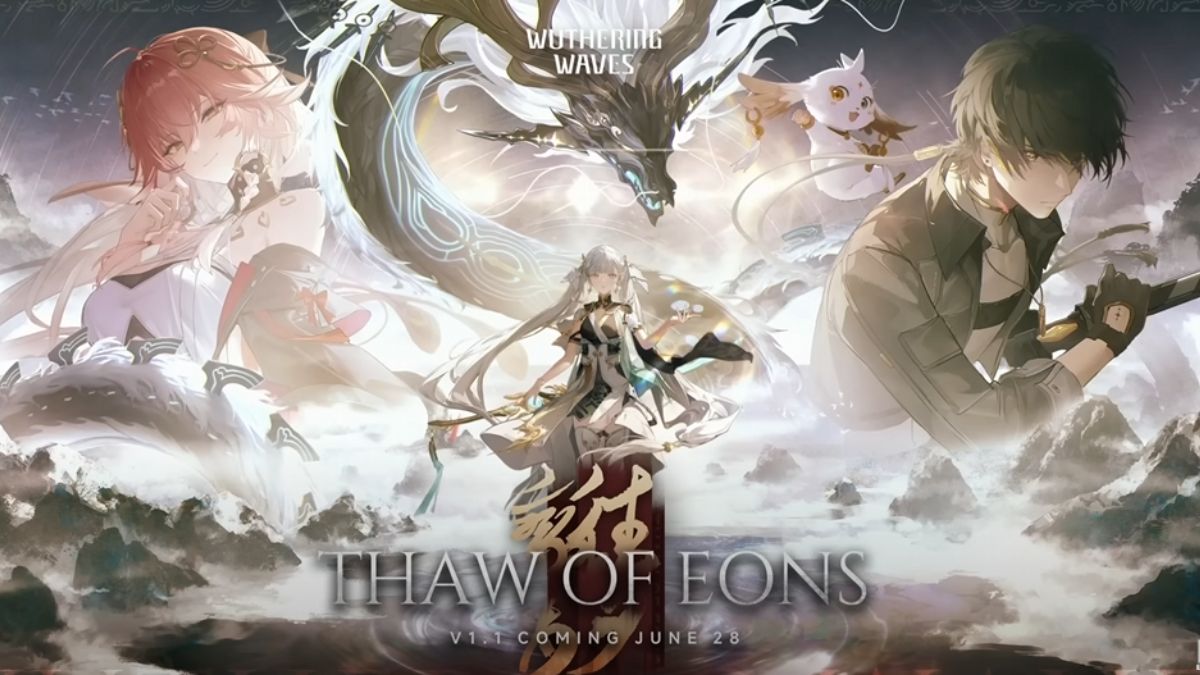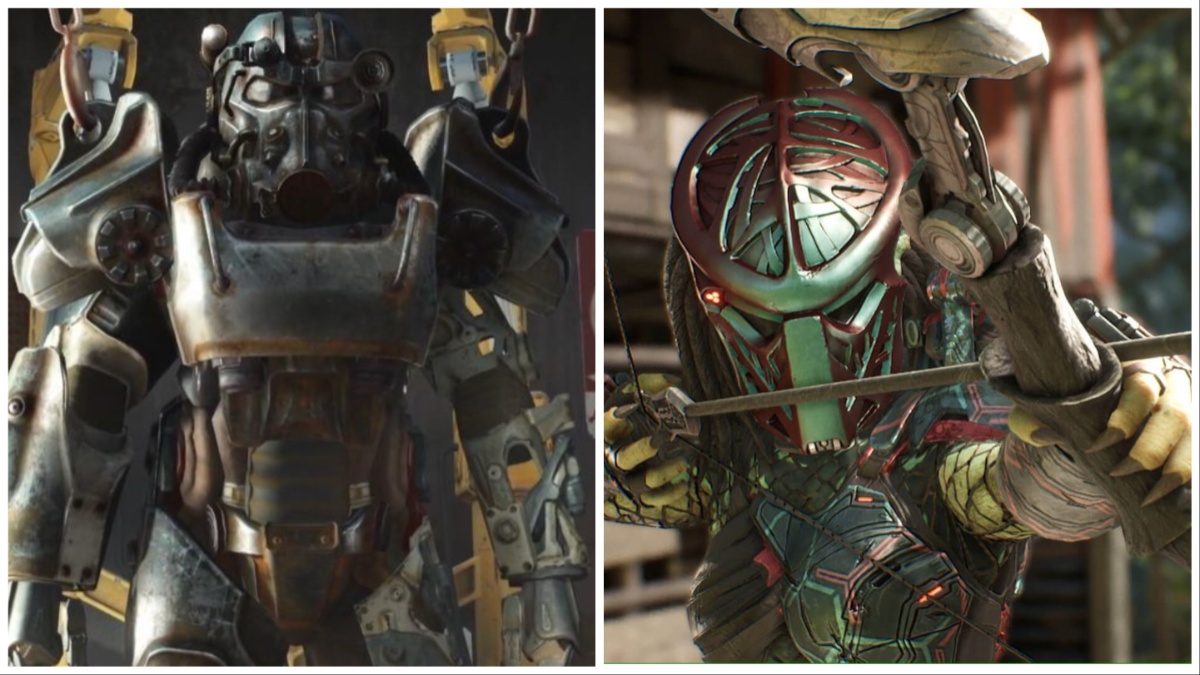When I was a nervous, first-week intern here at GameSkinny, I did a review for an exciting indie game entitled The Howler. As the review shows, I was a huge fan of the game, and was particularly blown away by the novel gameplay and stunning artwork found throughout the skies of Vilnius. Little did I know that my love for the game would translate into this awesome opportunity.
Throughout the week, I’ve had the pleasure of interviewing the creator and game developer of the title in question, the resourceful Antanas Marcelionis. What follows, ladies and gentlemen, is a look into the mind of one of the most exciting indie minds out there.
The Interview
Tell us a bit about your background in the games industry, and what led you to independently developing your own games.
Antanas: I made my first game when I was about 14 or so, back in 1990. It was a plain maze game written in Basic on Sinclair ZX spectrum. Then, I abandoned programming for a while and moved on to other things.
When I was a web designer (between 1996 and 2006), I made a few simple flash games. Then I moved on to data visualization tools – I made amCharts and amMap. This is still my primary revenue earner.
I began creating The Howler a year ago as I wanted to do something different from my day-to-day job. I hope this game is different. I must confess I have not played computer games for a long while. Sometimes I install Transport Tycoon, my favorite game of all times, but usually I don’t spent more than a couple hours playing it. Making a game is much more fun than playing it.
What was your inspiration for The Howler?
Antanas: I created a prototype of this game – a voice-controlled dirigible back in 2006. That game was online ever since, so anyone could use this idea. Every now and then, I would recall it and thought I should improve it and started working on it in spring 2012 when I met my creative collaborator, Rene Petruliene, to whom all the graphic design is credited.
All the graphics were drawn by hand, on paper, in an old-fashioned classically-trained way. In terms of its visuals, this game is so far ahead of the competition, it is like showing a modern HDTV screen to someone from 1940s: the quality differential compared to the expectations would be so huge that it would be hard to quantify.
The prototype of the game was called The Shouter. I changed it to The Howler as it has a connection to my city, Vilnius, the capital of Lithuania.
There is a legend about Grand Duke Gediminas camping overnight after a hunt where Vilnius now is and having a dream of an iron wolf howling on a hill like there was no tomorrow. The duke consulted his staff dream interpreter and was advised he needed to set up a city which would be as unconquerable as the iron beast and as famous as its soul-piercing howl. The wolf is now the most recognizable figure in the game.
What was the most challenging aspect of the game’s development?
Antanas: Developing the game was a lot of fun. I learned many new things – working with physics engine (box2d), starling framework and some more. Some aspects were mind-numbingly complex, but these were the most exciting ones too.
For me, the most challenging phase of the game and any other project is the polishing and finishing it. I think it is the most difficult part for all developers – usually you are already tired of the project and when you think it is almost finished, you still have to do 30% of the work, and it is not the most interesting part.
The Howler was completed by two people only, except music. People who make games can imagine what this means. I think many good projects fail because developers get tired and release unfinished products.
Which aspects of the game are you most proud of?
Antanas: I think this game is good as a whole. The artwork is great, the navigation is intuitive, the plot is captivating. I am proud of it.
In the beginning, I thought that the main feature of the game would be the voice control feature, but in the end this was left merely as one of the features, which I happen to emphasize for marketing purposes (a fresh aspect is always a good idea).
However, I am sure the game would be just as good without this feature too.
Could you elaborate a little on the amazing visuals and hand-drawn artwork in the game?
Antanas: Rene Petruliene, the graphic artist of The Howler, was decorating walls (not just your old roller-and-brush painting; she is a real artist) in my office. We were drinking wine after she finished her work and she told me that she can draw anything.
I said, “Could you draw a computer game?” and she said yes.
The fact is that she never played a game before and uses computers only for e-mail. She is 63 years old but she has the energy that would make most young people hang their heads in shame.
The start was not easy – the first sketches she made were completely unusable. I even thought that this things was not going to fly. However, she kept trying, and in the end we found a style which is very aesthetically pleasing and can be used for a game like this.
Rene made a big pile of drawings – so many, in fact, that I now have enough material for another game. One day, I want to stage an exhibition of the artwork – people will be able to see the process, early sketches and drawings that have not been used in the game.
There is a definite homage to the steampunk movement in this game. What was the motivation behind this, and how does it add to the game, in your opinion?
Antanas: It is another coincidence, really. Just after we started making the game, Andrius Tapinas, a well-known journalist and TV host in Lithuania, posted on Facebook that he embarked upon a steampunk novel, set in imaginary Vilnius of 1905.
“Zeppelins above churches of Vilnius,” he wrote in his post.
I already had a dirigible and views of Vilnius on paper, drawn by Rene. I have known Andrius for a long time, and we agreed to work together. Subsequently, I replaced a zeppelin with a balloon because of some mechanical considerations, and Andrius wrote a balloon into his book and added some other details too.
The storyline of the game is interlinked with the plot of the book. This book has already been published in Lithuania; it is a bestseller. This summer, an English version will be on sale worldwide as an e-book. I am sure the game and the book will form a synergy made in heaven – or in the skies over Vilnius, as the case may be.
Now that you’ve finished with The Howler, and considering the success it has had, what plans do you have for the future?
Antanas: I do not have it all laid out yet. I may take a short break now and enjoy summer (God knows this winter was long and cold in Lithuania – we had ice in Vilnius until late April!) and will start working on another game, or on The Howler 2. Andrius Tapinas is now working on a sequel.
Making games is not my principal business, so I do not plan to live off this any time soon, but in gaming, things turn out in mysterious ways.
Rene, the graphic artist, has told me that for her, the biggest challenge now would be to stop drawing. She is hooked. So I now have a duty to think of something to keep her busy.






Published: Jun 29, 2013 1:23 AM UTC